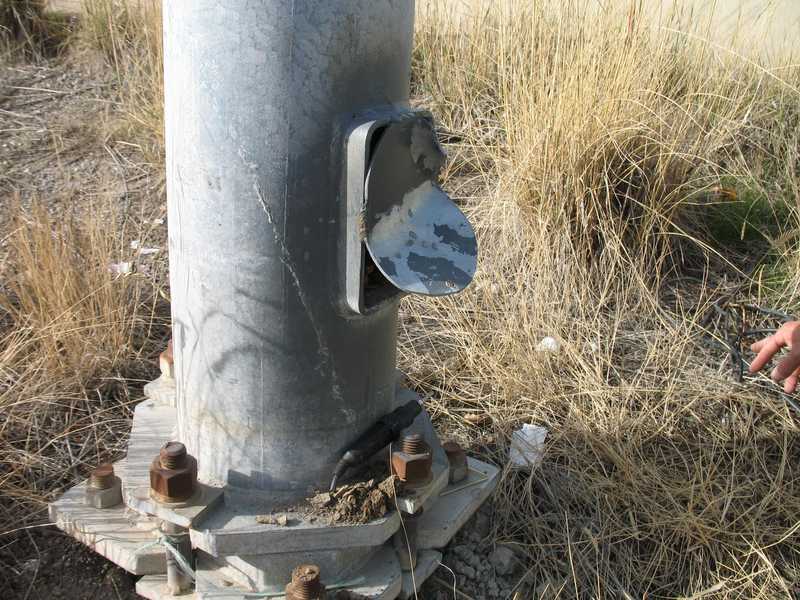
Understanding the Problem
Copper theft is a growing problem that poses significant challenges to various industries, including utilities, construction, and telecommunications. The theft of copper components from critical infrastructure not only results in financial losses but also causes service disruptions, safety hazards, and environmental damage. In this blog post, we'll explore the rising threat of copper theft and introduce a solution that can make a substantial difference.
Copper theft is driven by the high market value of copper, making it an attractive target for thieves. Common targets include copper wiring, pipes, and components found in outdoor infrastructure such as utility poles, construction sites, and communication towers. The theft of these materials can have far-reaching consequences.
Financial Impact
Businesses and communities bear the financial burden of copper theft. Replacing stolen copper components can be costly, and the downtime resulting from theft can lead to lost revenue. In addition to the direct expenses of replacing stolen materials, businesses may also face increased insurance premiums and higher security costs.
Operational Disruptions
Copper theft often leads to operational disruptions, especially in industries where reliable infrastructure is crucial. For example, a utility company experiencing copper theft may face power outages, affecting thousands of customers. Communication towers with stolen copper components may lead to disrupted cellular and internet services.
Safety Hazards
Copper theft can create safety hazards for both the thieves and the general public. Unauthorized access to utility poles and construction sites can result in accidents and injuries. Damaged or exposed electrical wiring can pose fire risks and electrocution hazards.
Environmental Consequences
Beyond financial and safety concerns, copper theft has environmental implications. Damaged infrastructure may lead to leaks and spills of hazardous materials, harming the environment and wildlife. Additionally, the energy wasted due to service disruptions contributes to carbon emissions.
Introducing Light Pole Defender
Amid the rising threat of copper theft, Light Pole Defender emerges as a solution designed to protect outdoor infrastructure and prevent theft attempts. Light Pole Defender is a specialized locking system designed to secure valuable copper components in various outdoor environments. Here's how it works:
Physical Deterrence
The physical design of Light Pole Defender acts as a powerful deterrent. Thieves are less likely to target infrastructure protected by Light Pole Defender due to its visible security features and robust locking mechanism.
Cost Savings and ROI
By preventing copper theft, Light Pole Defender offers substantial cost savings to businesses and communities. The investment in securing outdoor infrastructure with Light Pole Defender pays off by avoiding theft-related expenses, downtime, and potential liabilities.
Environmental Benefits
Light Pole Defender contributes to sustainability efforts by reducing the environmental impact of copper theft. By preventing service disruptions and infrastructure damage, it helps conserve resources and reduce energy waste.
Real-Life Success Stories
Numerous businesses and organizations have successfully implemented Light Pole Defender to safeguard their outdoor infrastructure. These real-life success stories highlight the effectiveness of the system in preventing copper theft and its positive impact on operations and finances.
Testimonials
Satisfied customers who have experienced the benefits of Light Pole Defender attest to its effectiveness in protecting their assets. They share how the system has provided peace of mind and financial relief.
Conclusion
The rising threat of copper theft demands proactive solutions, and Light Pole Defender stands at the forefront. With its advanced technology, physical deterrence, and proven track record, Light Pole Defender offers a comprehensive solution to combat copper theft effectively. By implementing this innovative locking system, businesses and communities can secure their outdoor infrastructure, reduce financial losses, enhance safety, and contribute to environmental sustainability.
